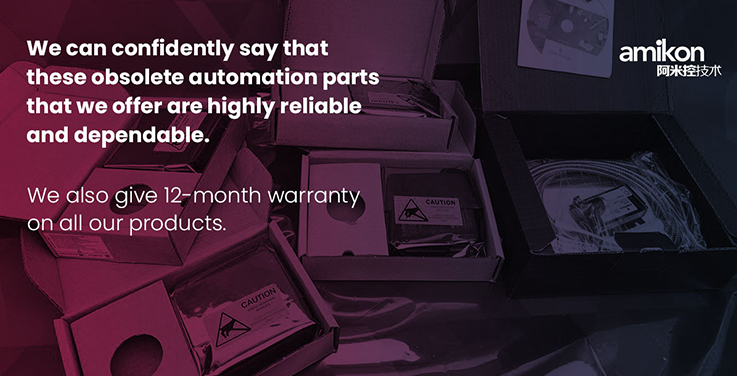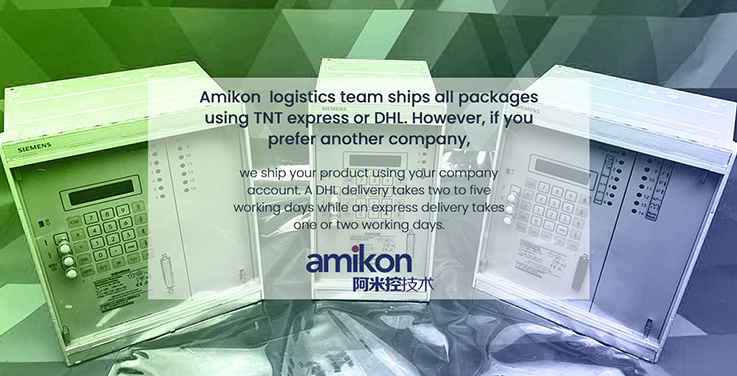-
Manufacturers
- ABB Advant OCS and Advant-800xA
- ABB Bailey
- ABB Drives
- ABB H&B Contronic
- ABB H&B Freelance 2000
- ABB Master
- ABB MOD 300 and MOD 30ML/MODCELL
- ABB Procontic
- ABB Procontrol
- ABB Synpol D
- Allen-Bradley SLC 500
- Allen-Bradley PLC-5
- Allen-Bradley ControlLogix
- Allen-Bradley CompactLogix
- Allen-Bradley MicroLogix
- Allen-Bradley PanelView
- Allen-Bradley Kinetix Servo Drive
- Allen-Bradley PowerFlex
- Allen-Bradley Smart Speed Controllers
- 2155 Series
- 3300 System
- 3500 System
- 991&990 Series
- 31000 & 32000 Series
- 21000 24701 & 164818 Series
- 177230 Series
- TK3 series
- 330500 Series
- 7200 Series
- GE 90-70 Series PLC
- GE PACSystems RX7i
- GE PACSystems RX3i
- GE QuickPanel
- GE VersaMax
- GE Genius I/O
- GE Mark VIe
- GE Series One
- GE Multilin
- 800 Series I/O
- Modicon 984
- Modicon Premium
- Modicon Micro
- Modicon Quantum
- Telemecanique TSX Compact
- Altivar Process
- Categories
- Service
- News
- Contact us
-
Please try to be as accurate as possible with your search.
-
We can quote you on 1000s of specialist parts, even if they are not listed on our website.
-
We can't find any results for “”.
What is DCS?
Composition of DCS
A distributed control system or DCS is a control system in which the controller components are not local, but dispersed throughout the system, and each component subsystem is controlled by one or more controllers. The entire arrangement of the controller is associated with the corresponding and observed system. DCS is a very broad term used in various enterprises to monitor and control hardware. The following is a list of places where distributed control systems are used.
Radio signal
Dry cargo and bulk carriers
Power grid and power plant
Traffic signal
Water management system
Oil refinery
Chemical plant
Sensor Networks
Environmental Control System

History of DCS
The first distributed control system was manufactured by Honeywell (1969). This new design relies on extensive distributed control of computer modules. Each of these modules controls several different processors, in most cases one to four. They are associated with a high-speed data communication link (called a data highway), which enables communication between each computer module and the central operator console. The plan allows administrators to monitor the activity of each local process.
Looking to the future, microprocessor-based modules replaced hard-wired computer modules in the 1970s. However, due to advances in microprocessors and other electronic circuits, today's distributed control systems are more powerful and faster than earlier systems. The next part of this blog explains how the existing DCS works and is shown in the figure below.
The "Three Qualities" of DCS Operation
DCS has three main characteristics. The first quality is to deliver different control capabilities to the rarely-arranged subsystems of the subsystems, which are semi-autonomous and connected to each other through fast corresponding transmissions. Some of these functions include protection of information, information introduction, process control, process supervision, display data, and data storage and recovery.
The second feature of DCS is to computerize the assembly process through coordinated advancement control technology. In addition, the third quality of DCS is to organize the entire process into a system. DCS classifies the entire control structure as a single computerized system in which different sub-systems are grouped together through appropriate sequence and data flow.

Several aspects must be considered when finding the right DCS, such as:
Process size
Integration needs
Feature
High availability
Expansion or modification plan
Return on investment of equipment service life
Keep your system in play!

Related articles Browse All
-
 amikong NewsSchneider Electric HMIGTO5310: A Powerful Touchscreen Panel for Industrial Automation2025-08-11 16:24:25Overview of the Schneider Electric HMIGTO5310 The Schneider Electric HMIGTO5310 is a high-performance Magelis GTO touchscreen panel designed for industrial automation and infrastructure applications. With a 10.4" TFT LCD display and 640 x 480 VGA resolution, this HMI delivers crisp, clear visu...
amikong NewsSchneider Electric HMIGTO5310: A Powerful Touchscreen Panel for Industrial Automation2025-08-11 16:24:25Overview of the Schneider Electric HMIGTO5310 The Schneider Electric HMIGTO5310 is a high-performance Magelis GTO touchscreen panel designed for industrial automation and infrastructure applications. With a 10.4" TFT LCD display and 640 x 480 VGA resolution, this HMI delivers crisp, clear visu... -
 BlogImplementing Vision Systems for Industrial Robots: Enhancing Precision and Automation2025-08-12 11:26:54Industrial robots gain powerful new abilities through vision systems. These systems give robots the sense of sight, so they can understand and react to what is around them. So, robots can perform complex tasks with greater accuracy and flexibility. Automation in manufacturing reaches a new level of ...
BlogImplementing Vision Systems for Industrial Robots: Enhancing Precision and Automation2025-08-12 11:26:54Industrial robots gain powerful new abilities through vision systems. These systems give robots the sense of sight, so they can understand and react to what is around them. So, robots can perform complex tasks with greater accuracy and flexibility. Automation in manufacturing reaches a new level of ... -
 BlogOptimizing PM Schedules Data-Driven Approaches to Preventative Maintenance2025-08-21 18:08:33Moving away from fixed maintenance schedules is a significant operational shift. Companies now use data to guide their maintenance efforts. This change leads to greater efficiency and equipment reliability. The goal is to perform the right task at the right time, based on real information, not just ...
BlogOptimizing PM Schedules Data-Driven Approaches to Preventative Maintenance2025-08-21 18:08:33Moving away from fixed maintenance schedules is a significant operational shift. Companies now use data to guide their maintenance efforts. This change leads to greater efficiency and equipment reliability. The goal is to perform the right task at the right time, based on real information, not just ...

Need an automation or control part quickly?
- About us
- Our Team Contact Us 20 Years in Business About us
- Q&A
- Policies How to order Part status information Shiping method Return Policy Warranty Policy payment terms
- Asset Recovery
- We Buy Your Equipment.
- ADDRESS
-
 32D UNITS,GUOMAO BUILDING,NO 388 HUBIN SOUTH ROAD,SIMING DISTRICT,XIAMEN
32D UNITS,GUOMAO BUILDING,NO 388 HUBIN SOUTH ROAD,SIMING DISTRICT,XIAMEN
Copyright Notice © 2004-2024 amikong.com All rights reserved
Disclaimer: We are not an authorized distributor or distributor of the product manufacturer of this website, The product may have older date codes or be an older series than that available direct from the factory or authorized dealers. Because our company is not an authorized distributor of this product, the Original Manufacturer’s warranty does not apply.While many DCS PLC products will have firmware already installed, Our company makes no representation as to whether a DSC PLC product will or will not have firmware and, if it does have firmware, whether the firmware is the revision level that you need for your application. Our company also makes no representations as to your ability or right to download or otherwise obtain firmware for the product from our company, its distributors, or any other source. Our company also makes no representations as to your right to install any such firmware on the product. Our company will not obtain or supply firmware on your behalf. It is your obligation to comply with the terms of any End-User License Agreement or similar document related to obtaining or installing firmware.



